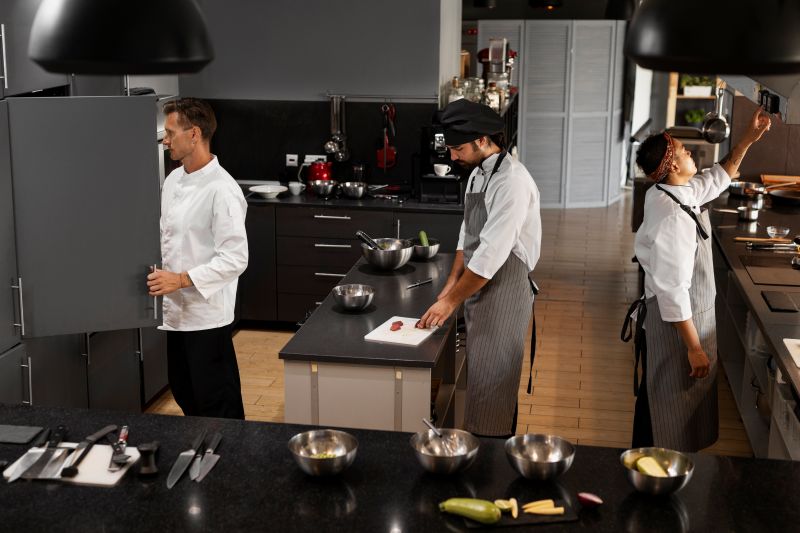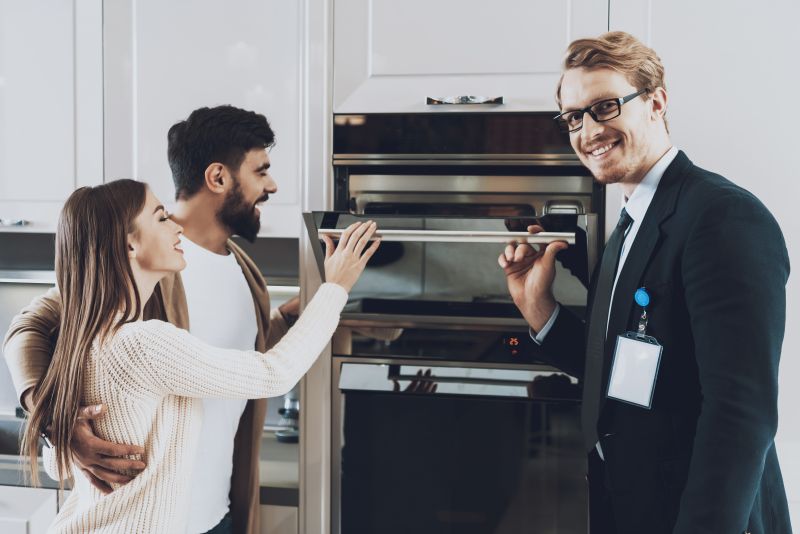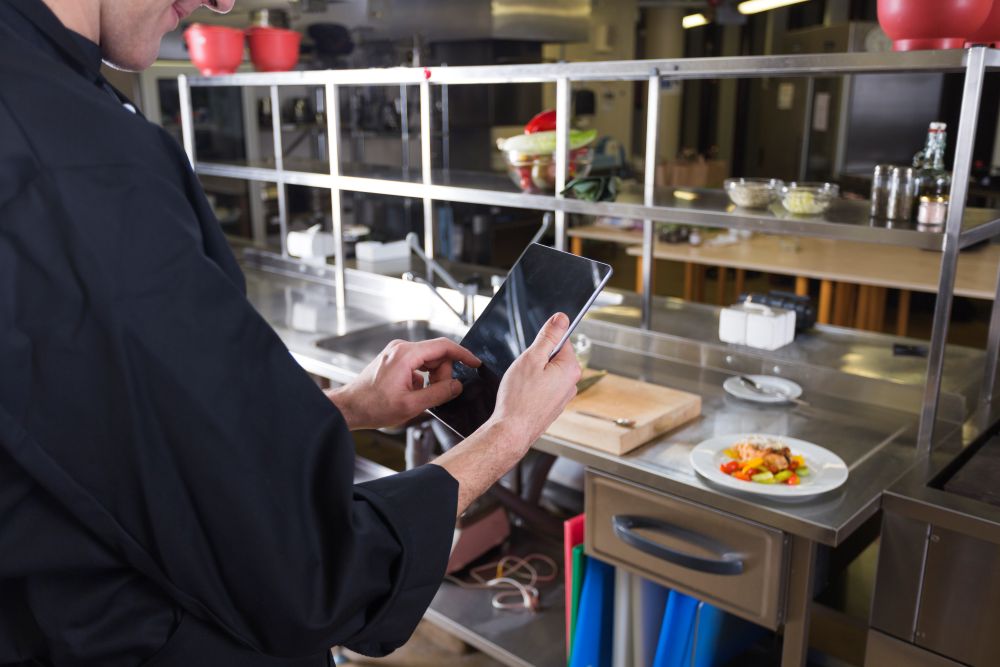21 Mistakes to Avoid When Buying Restaurant Equipment
Selecting the proper equipment is perhaps one of the best decisions you’ll ever make when opening or renovating a commercial kitchen. The proper equipment can increase productivity, promote food safety, and enhance overall performance of your restaurant. But improper selection? That can waste your time, money, and even your reputation.
With all those brands, types, and options out there particularly in rapidly developing cooking cities like the UAE . It’s simple to feel overwhelmed. Business owners tend to fall into some common pitfalls like purchasing oversized equipment, disregarding local safety standards, or neglecting energy efficiency.
To assist you in avoiding these expensive pitfalls, we have put together a list of 21 blunders you should never commit when purchasing restaurant equipment. Whether you’re opening a new café, refitting a high-volume kitchen, or launching a cloud kitchen, this article will assist you in making wiser, more efficient decisions from the beginning.
Table of Contents
1. Bypassing a Needs Assessment
Purchasing equipment without examining your menu, kitchen flow, and service style may create mismatches. Always consider your operational needs first.
2. Forgetting the Kitchen Layout

Large or incorrectly positioned equipment will impede workflow. Measure your kitchen and design equipment in relation to stations, ventilation, and safety clearances.
3. Selecting Price Over Quality
Budgeting is intelligent — but going for the lowest cost usually means poor performance, constant repairs, and short lives.
4. Failing to Comply with Local Regulations
UAE municipalities and food safety agencies (such as Dubai Municipality or ADAFSA) have their own regulations. Equipment needs to be compliant with hygiene, gas, and electrical codes.
5. Failing to Consider Energy Efficiency

Energy-efficient equipment will be more expensive initially but will pay dividends in the long term by saving on utility bills and performing optimally.
6. Purchasing More Than You Require
Don’t over-equip. A small startup restaurant with 50 covers does not require a double-deck oven or 3-door freezer unless your menu requires it.
7. Underestimating Future Growth
Opt for equipment that can grow with your restaurant. Purchasing only for immediate demand might cost you more in upgrades down the road.
8. Ignoring Warranty Terms

See what’s included — parts, labor, service — and how long it lasts. Inadequate warranty coverage will cost you down the line when something goes wrong.
9. Failing to Consider After-Sales Support
Make sure the supplier or brand provides local servicing, availability of spares, and emergency technical assistance.
10. Buying Without Brand Comparison
Brands deliver varying quality, longevity, and support. Always compare spec, guarantees, and customer feedback.
11. Not Demonstrating or Trying Out
Where feasible, watch the equipment operate first before making a purchase. This allows testing of features, ease of use, and size.
12. Not Training Your Staff

Purchasing high-end gear is useless if employees are not familiar with utilizing it correctly. Never leave training out of the budget and schedule.
13. Omitting Ventilation & Drainage Requirements
Certain equipment (such as combi ovens or dishwashers) requires ventilation hoods, water inlets, and drainage. Budget for these additions.
14. Forgetting Spare Part Availability
Foreign or non-brand equipment may not have readily available spare parts locally. This results in downtime and expense delays.
15. Not Verifying Electrical & Gas Compatibility
Equipment has to be compatible with your kitchen’s power source and gas pressure ratings. Always verify with your contractor or MEP engineer.
16. Purchase of Second-Hand Without Testing

Second-hand equipment can save money — if tested properly. Never purchase anything unseen or untested.
17. Not Considering Safety Certifications
Seek CE, UL, NSF, or other accepted certifications to ascertain safety and hygiene standards compliance.
18. Not Providing for Delivery & Installation
Delivery delay and install problems can postpone your kitchen launch. Request total turnkey solutions from your supplier.
19. Failing to Consider Maintenance Needs
Certain machines need to be descaled frequently or have filters changed. Select units that are compatible with your kitchen’s maintenance skill level.
20. Solely Relying on Online Listings
Online product descriptions are convenient, but they don’t necessarily indicate actual durability or usage in the real world. Talk to specialists or visit a showroom.
21. Not Obtaining a Written Quote
Oral agreements or deficient invoices cause disputes. Obtain thorough, written quotations covering warranty, installation, and after-sales conditions.
Frequently Asked Questions
What are the largest errors to avoid when purchasing restaurant equipment?
Errors include purchasing oversized equipment, not considering energy efficiency, failing to design the kitchen layout, omitting warranty information, and selecting low-quality products solely on cost.
How can I ensure that the equipment will fit my kitchen layout?
Begin with a careful kitchen layout from your menu and workflow. Get help from experienced specialists or equipment planners. For instance, companies such as Bravo Kitchen Equipment frequently assist in determining layout problems prior to purchase or installation, allowing for improved kitchen flow.
Is used equipment a good option?
Second-hand equipment can perform if it’s in good shape, meets your requirements, and has available replacement parts in the local area. Still, always physically inspect it, look for signs of wear and tear, and inquire about the maintenance history.
What is the contribution of after-sales support in choosing equipment?
After-sales support is important. Machines can break down at the worst possible moment, so being able to get spare parts and service engineers can minimize downtime. Collaborating with suppliers who provide installation instructions and ongoing support — such as those with sector experience like Bravo Kitchen Equipment — can pay dividends.
Should I purchase all equipment at once or incrementally?
It’s up to your budget and business model. It’s common for restaurateurs to focus on core equipment first, then grow outward. Phasing is also a way to prevent over-sourcing your kitchen early on.
What certifications do I need to look for equipment in the UAE?
Make sure your equipment meets UAE standards and local municipality requirements (e.g., Dubai Municipality, ADAFSA). Check for CE, UL, or NSF certifications for safety and hygiene standards.
How do I compare between brands or suppliers of different equipment?
Compare build quality, warranty, energy efficiency, after-sales support, and power source compatibility with your kitchen. Meeting a showroom or consulting experts like Bravo Kitchen Equipment can also provide you with insight into real-world use beyond product specifications.


